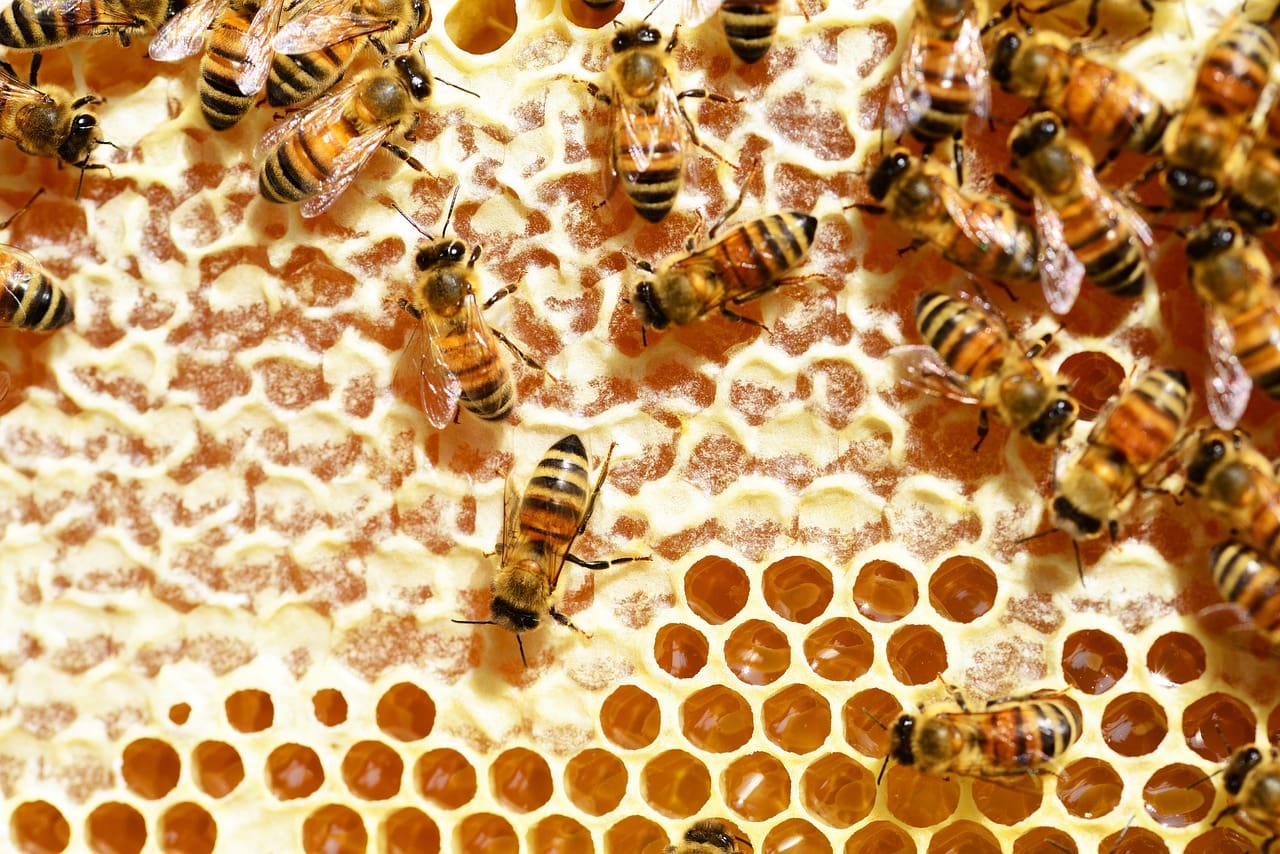Ever came across a cement wall that is left out in the air for months or even years? That weird granulated cemented walls that are exposed to water and air start flooding.
In some cement types, the percentage of ground granulated furnace can increase wall bleeding rate by extending the setting time due to a longer time setting.
These granulated walls are termed as honeycomb and segregation, but in reality, they are both different and are not interchangeable.
Key Takeaways
- Honeycomb refers to a naturally occurring, hexagonal structure found in beehives, while segregation is the separation of substances or components in a material.
- Honeycomb structures are lightweight and provide strength and stability, making them ideal for various engineering and construction applications.
- Segregation in materials can lead to uneven properties and reduced quality, necessitating proper handling and processing techniques to minimize its occurrence.
Honeycomb vs Segregation
Honeycomb is a natural structure made by bees to store honey and raise their young. The hexagonal shape of the honeycomb allows for efficient use of space, making it an effective way for bees to store their honey. Segregation refers to the separation of different groups of people, based on their race, ethnicity, or religion. Segregation can occur in various contexts.

Honeycomb formation on cement or concrete appears to be nests of the honey bee. The main cause of honeycombs in concrete is bad vibrations and poor workability.
As soon as the shuttering is removed, honeycombs that are on the sides are easily visible to the naked eye.
In addition to segregation, the cement paste also rises to the top and aggregates settle at the bottom of the surface it is applied to.
This occurs due to over-vibration and compaction of cement, in which concrete is a primary constituent. This makes the quality of the wall very low and hence, needs to be fixed as soon as possible.
Comparison Table
| Parameters of Comparison | Honeycomb | Segregation |
|---|---|---|
| Definition | the cavities left by the settlement of cement on the wall and also in the wall where cement could not penetrate. | a phenomenon where the cement paste comes at the top of the surface and the aggregates settle at the bottom. |
| Factors of the cause | Oversized aggregate | Excessive water. |
| Prevention | Don’t use very stiff cement. | Don’t use less amount of concrete. |
| Treatment | Add substitutes of cement in equal proportion. | Reapply the cement paste in the parts where segregation is seen. |
| After effects | Can half the life of the building. | Can make it the wall acquire algae and other bacterial growth. |
What is Honeycomb?
Honeycomb formation on cement or concrete appears to be nests of the honey bees. The main cause of honeycombs in concrete is bad vibrations long with poor workability i.e. the workers did not do their job following the guidelines.
As soon as the shuttering is removed, honeycombs that are on the sides are easily visible to the naked eye. There are a lot of reasons which can cause honeycombing.
Inappropriate vibration is one of the main factors that lead to concrete defects on the surface of the walls. Holes and other minute cavities inside the concrete will form honeycombs just like the nest of the bees.
Due to improper vibrating and oversize aggregate, voids occur when concrete is poured onto the wall, causing a honeycomb structure. Some other reasons for honeycombing are
- Unprofessional vibrations during pouring of concrete or cement on the surface of the wall.
- Reinforcement bars were not applied adequately or covered adequately.
- Use of very stiff concrete along with mixed proportions of concrete.
- Excessive use of aggregates.
This honeycomb structure should last for half as long as the projected life of the building, which is between 20 and 30 years. Hence, it reduces the life of the wall, and in severe cases, it has the life of the building.

What is Segregation?
The term segregation means the separation of constituent materials in concrete. There are many classifications of the stages of segregation but one major classification concludes three types of segregation.
The first one is the extraction of coarse aggregate from cement mix. The second one is the dissolution of cement paste from concrete at the stage where it is plastic.
The third one is the process of separating water from concrete (Bleeding in concrete). Fine and coarse aggregates are mixed with cement to form concrete.
To form a homogeneous mix, all the constituents of concrete must be properly categorized. Having different specific gravities of constituents is the primary cause of segregation in concrete.
Segregation occurs when the large mixed proportionate aggregate particles settle and leave a clumpy sand cement mix on top, automatically leading to degraded quality.
To overcome these problems caused by segregation, a fine aggregate with an equal proportion of the substitutes could be used. To achieve the required strength, however, the design mix must be such that it can be implemented.
In the same way, keeping in mind the local material specifications, the water ratio may be taken into account in the design mix to prevent bleeding of the concrete prepared.
Main Differences Between Honeycomb and Segregation
- Honeycomb refers to the bee nest structure formed on the concrete wall whereas segregation refers to the bleeding of the wall.
- Honeycomb can be treated by applying a fine mixture of the cement substitutes in the holes whereas a whole new layer of cement is applied to treat segregation.
- Honeycomb is caused by using oversized aggregates whereas segregation is caused by using excessive water.
- Honeycomb can half the life of the wall whereas segregation can allow bacterial growth on the wall.
- Honeycomb can be prevented by not using stiff cement whereas segregation can be prevented by using enough cement or by not using excessive water.
- https://link.springer.com/chapter/10.1007/978-1-4020-2402-3_17
- https://www.sciencedirect.com/science/article/abs/pii/S0950061816309941
